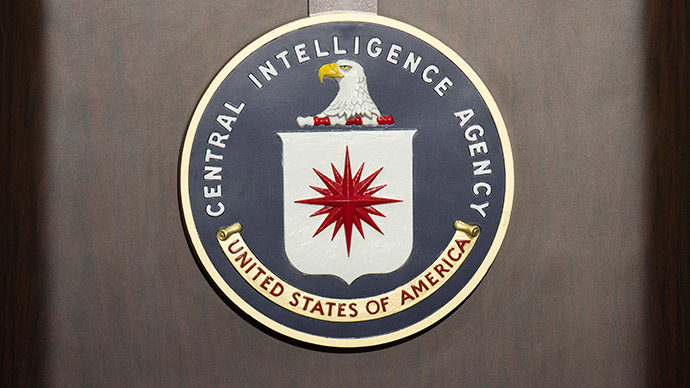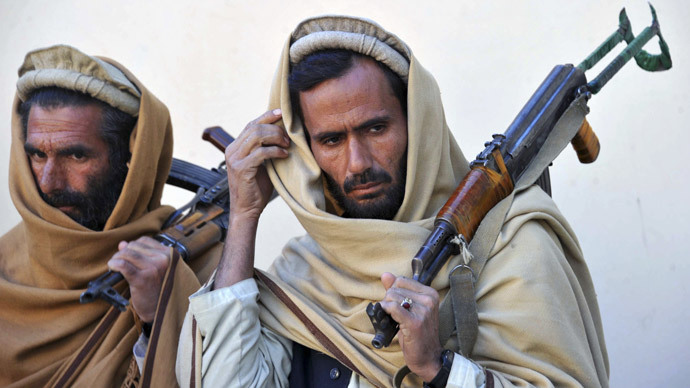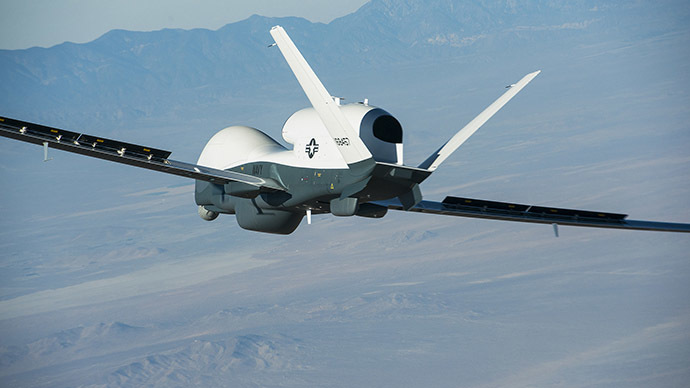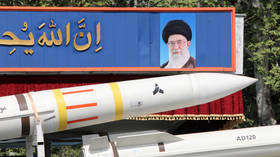Leaked CIA report says targeted killing programs could backfire

Drone strikes and other targeted counterinsurgency programs aimed at capturing or killing “high-value targets” belonging to militant groups could be effective if coupled with larger strategic goals, the CIA believes, but they could also backfire.
That’s the conclusion the agency came to back in 2009, when it completed a review of the positive and negative consequences of targeted assassinations on counterinsurgency efforts. Published online by WikiLeaks on Thursday, the document – dubbed “Making High-Value Targeting Operations an Effective Counterinsurgency Tool” – details operations and outcomes in countries such as Afghanistan, Iraq, Colombia, Northern Ireland, and more.
These types of high-value targeting (HVT) operations were said to involve taking aim at individuals whose death, or “removal,” as the CIA termed it, “disproportionately degrade[s] an insurgent group’s effectiveness.”
While HVT efforts were found to have worked in some cases – the simple fact that they were ongoing significantly reduced Osama bin Laden’s ability to lead Al-Qaeda, the report found – they were not as effective in others. For example, the Taliban was able to keep replenishing leadership positions and keep its structure intact despite “sustained” targeted operations begun in 2001.

Notably, the review’s release online comes as the Pentagon announced that American airstrikes in Iraq have killed three senior Islamic State military leaders. The United States and its coalition partners are trying to beat back the extremist group in Iraq and Syria, where it has made significant gains over the past year.
“It is disruptive to their planning and command and control,” Gen. Martin Dempsey said. “These are high-value targets, senior leadership.”
In the leaked analysis, the CIA said the positive effects of HVT efforts include “eroding insurgent effectiveness,” disrupting strategies and support to the point that the central government gains an advantage, reducing morale and insurgent will, and “fragmenting or splitting the insurgent group.”
The CIA pointed out that in the case of Osama bin Laden, HVT operations forced the Al-Qaeda leader into hiding and minimized his use of technology. This “affected his ability to command his organization” by making it difficult to meet with other members in person and direct them.
Also detailed is what the CIA called a “pruning approach,”which involves killing select individuals based on their importance to a group’s functionality rather than simply taking aim at senior leadership. In Iraq, the CIA found that “removing individuals who are important to the organization’s core functions—such as those running its car-bombing networks—has had a more demonstrable effect” when it came to reducing the effectiveness of Al-Qaeda groups.
This approach could also be used to “protect incompetent leaders or restore them to positions of authority” by killing more effective subordinates.

On the other hand, HVT operations could backfire if they led to local populations sympathizing with insurgents or caused governments to overlook other elements of its strategy. Targeted strikes could also radicalize remaining leadership, potentially opening the group to more extreme members and worldviews. Additionally, even failed or successful attempts could “enhance an insurgent leader’s lore” or have negative effects if civilians are killed.
When not paired with competent and influential governments, HVT operations were found to be lacking, particularly in the case of the Taliban, the report found. Despite ongoing operations in Afghanistan, corruption in the government and its lack of influence in much of the country caused many problems for counterinsurgency efforts.
Combined with the ability of Taliban leaders to hide in the mountains of neighboring Pakistan, there were little gains to be had for the Afghan government, NATO, and the US.
“The Taliban has a high overall ability to replace lost leaders, a centralized but flexible command and control overlaid with egalitarian Pashtun structures, and good succession planning and bench strength, especially at the middle levels,” the report said.
The review, finalized as President Barack Obama weighed sending more troops to Afghanistan in 2009, emphasized that HVT operations are most effective when paired with a broader counterinsurgency strategy. During the Iraq War, for example, the report stated that targeted strikes did not noticeably slow the momentum of insurgents and Al-Qaeda offshoots until Sunni tribes turned against militants and their base of support crumbled.












